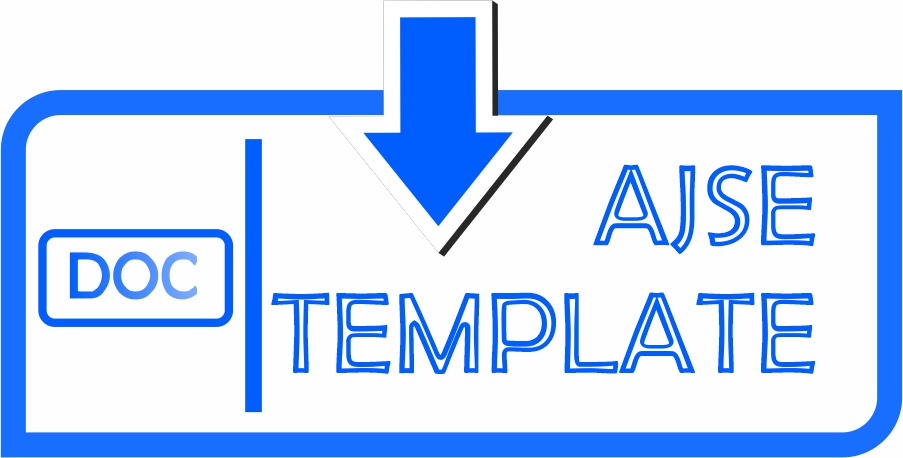POROUS CARBON FROM PINEAPPLE PEEL AS ELECTRODE MATERIAL OF SUPERCAPACITOR
Samuel Elean(1), Suhanan Suhanan(2), Teguh Ariyanto(3*)
(1) Master in System Engineering, Faculty of Engineering, Universitas Gadjah Mada
(2) Department of Mechanical and Industrial Engineering, Faculty of Engineering, Universitas Gadjah Mada
(3) Chemical Engineering Department, Universitas Gadjah Mada
(*) Corresponding Author
Abstract
Porous carbon from biomass has a great potential to be developed. Biomass as a resource is renewable, abundantly available, and cheap. One application of porous carbon is as an electrode material of supercapacitor due to its advantageous pore properties such as high specific surface area and pore volume. This research prepared porous carbon material from pineapple peel waste and tested it as a supercapacitor electrode. The research steps were material preparation, conversion of pineapple peel to porous carbon, and characterization, including material characterization and electrochemical characterizations. Pineapple peel (under 80 mesh size) was pre-carbonized by hydrothermal method at 1900C for 2 hours under a subcritical condition. After that, biochar was pyrolyzed at 9000C and activated using CO2/N2 (KB-900-50). As a reference, biochar was also pyrolyzed under a nitrogen atmosphere at 9000C without activation (KB-900). Produced porous carbon was characterized (i) pore structures, e.g., specific surface area, average pore diameter, and total pore volume using N2-sorption analysis, and (ii) electrochemical performance, e.g., cyclic voltammetry and galvanostatic method using 1 M H2SO4 electrolyte solution. The result showed that the activation process effectively increased the porosity of porous carbon. Material (KB-900-50) possesses a high surface area of 648 m2/g and a high capacitance value of 78 F/g.
Keywords
Full Text:
PDFArticle Metrics
Refbacks
- There are currently no refbacks.
Copyright (c) 2022 ASEAN Journal of Systems Engineering

This work is licensed under a Creative Commons Attribution-ShareAlike 4.0 International License.
Universitas Gadjah Mada


